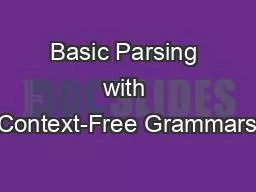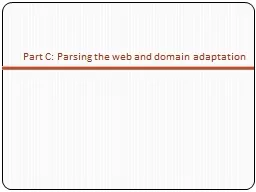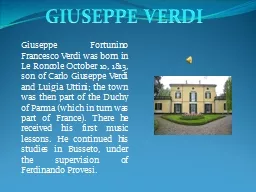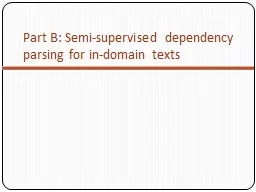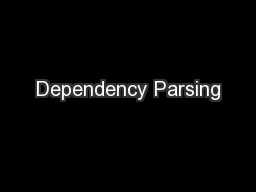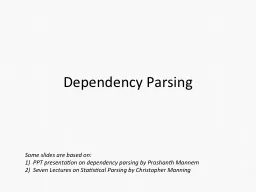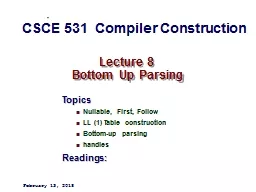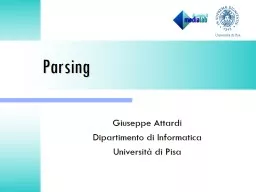PPT-Parsing Giuseppe Attardi
Author : liane-varnes | Published Date : 2019-11-27
Parsing Giuseppe Attardi Dipartimento di Informatica Università di Pisa Università di Pisa Question Answering at TREC Consists of answering a set of 500 factbased
Presentation Embed Code
Download Presentation
Download Presentation The PPT/PDF document "Parsing Giuseppe Attardi" is the property of its rightful owner. Permission is granted to download and print the materials on this website for personal, non-commercial use only, and to display it on your personal computer provided you do not modify the materials and that you retain all copyright notices contained in the materials. By downloading content from our website, you accept the terms of this agreement.
Parsing Giuseppe Attardi: Transcript
Download Rules Of Document
"Parsing Giuseppe Attardi"The content belongs to its owner. You may download and print it for personal use, without modification, and keep all copyright notices. By downloading, you agree to these terms.
Related Documents


